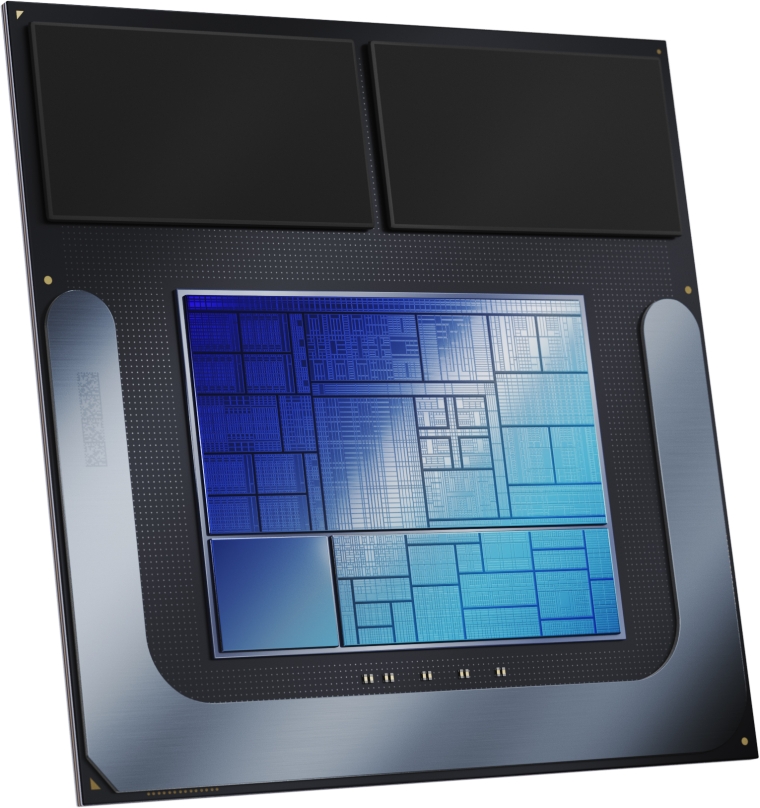
One of the grandparents of the IT revolution, semiconductor maker Intel, is in the infirmary business-wise and will cut 15% of its workforce and implement massive cost cuts in 2025.
This amounts to 15,000 staff, and US$10 billion in cost reductions, some very large numbers even for a massive enterprise like Intel.
"This is painful news for me to share. I know it will be even more difficult for you to read. This is an incredibly hard day for Intel as we are making some of the most consequential changes in our company’s history," Intel chief executive Pat Gelsinger said in a note to employees, the company then published on the web.
The second-quarter 2024 results from Intel did not please investors. Intel's share price dipped by over 18 per cent, and it's done 40 per cent year to date.
In a world where increased digitisation, artificial intelligence (AI) and data centre boom is creating huge demand for computer hardware, Intel has failed to capitalise on the bonanza unlike other companies such as graphics chip maker Nvidia, processor rival AMD, and fellow Silicon Valley veteran Apple.
"Our revenues have not grown as expected - and we've yet to fully benefit from powerful trends, like AI," Gelsinger said.
Quite. Intel has struggled to come up with technology that's competitive to that of Nvidia for AI or, for that matter, in the mobile space where designs from UK's Arm dominate totally.
You're not going to find "Intel Inside" as the company's famous logo went, on any smartphone anywhere in the world. Arm's semiconductor designs are simply much better suited for that job, and Intel missed that mobility train years ago.
What's more, its usual industry partners like Microsoft are looking towards Arm for laptops, a transition Apple made four years ago and never looked back.
Furthermore, Arm design processors are moving into data centre servers, traditionally a stronghold for Intel parts.
While all of that is happening, Intel has run into serious issues with its Core 13th and 14th processors, generating bad publicity the tech giant simply cannot afford at the moment.
Intel has started talking about going back to its roots since its founding in 1968, as an integrated device manufacturer, that is, a company that designs and builds its own semiconductor chips.
Become a foundry for contract chip making, like the Taiwan Semiconductor Manufacturing Company (TSMC) which is going great shakes (no earthquake pun intended); that's how Intel will pull itself out of a hole.
This is what Gelsinger called the IDM 2.0 strategy when it was launched two years ago, but it's yet to bear fruit as today's announcement shows.
Gelsinger said in his letter that "the world needs a healthy and vibrant Intel".
Unfortunately for Gelsinger and Intel, everyone including investors are saying "does it really?" in response.
5 Comments
Innovate or die.
NZ blue chips will follow suit over the next decade - dying perhaps more than innovating with a govt that doesn’t support R&D.
The govt will likely start to support r&d for specified industries but not run govt departments to DO the r&d...
Support? Yeah right. The current government took away millions of dollars worth of R&D funding since taking office to put more support into housing investments.
This has costed 200+ job losses in science and technology. This doesn’t sound like much but that’s because this country was never big on innovation, and will be even smaller going forward.
To be honest the consultancies, companies, orgs and trusts that collect public money are constantly innovating... just that they are innovating more ways to grift. All you need to do is read their pitch docs, reports, research or site claims and it is clear the grifting industry is large and very innovative for those collecting more then 150k paychecks using taxpayer money. Much like those with tenuous connections to health, education, employment support, or community support that would do a better service & benefit to society if they employed a single one of the targeted clients or spent on actual tangible infrastructure.
Lost their way a long time ago......

We welcome your comments below. If you are not already registered, please register to comment
Remember we welcome robust, respectful and insightful debate. We don't welcome abusive or defamatory comments and will de-register those repeatedly making such comments. Our current comment policy is here.